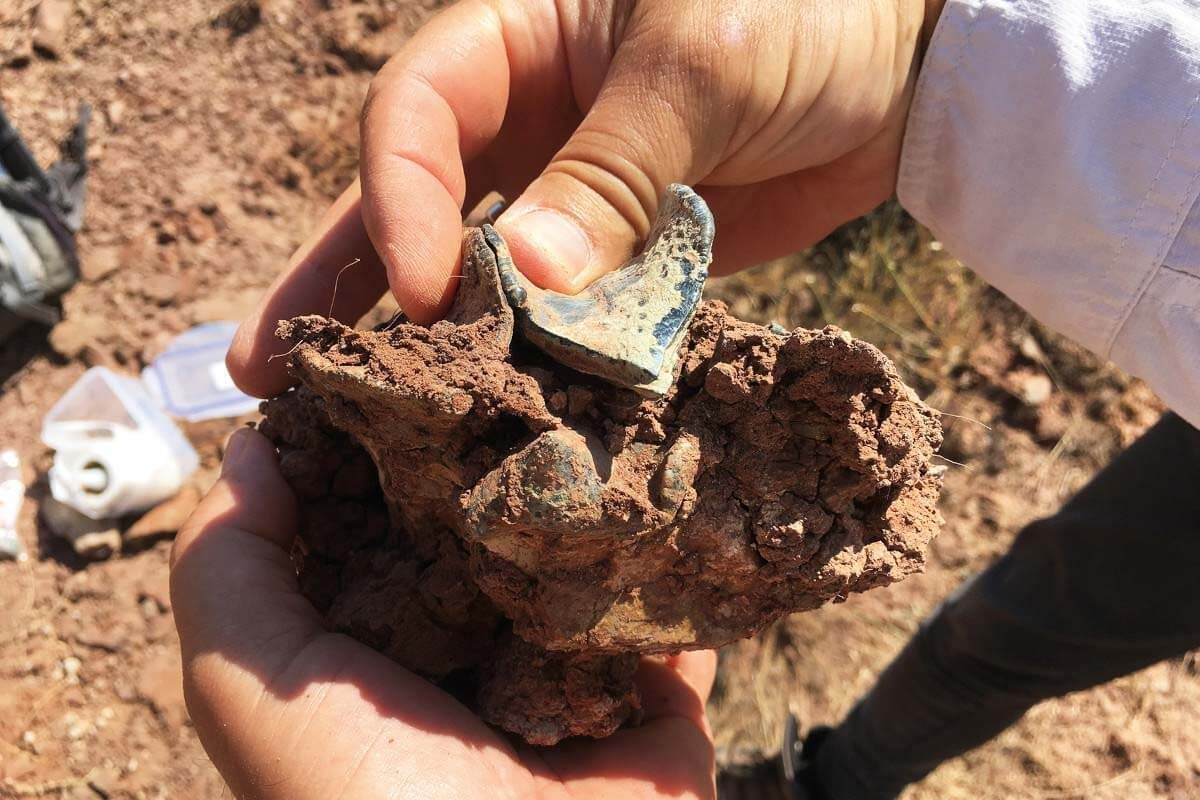
An ancient continent, dubbed Balkanatolia, could explain the movement of mammals millions of years ago
By
The discovery of a former low-lying continent that once separated Europe from Asia could explain how Asian mammals colonised Europe more than 30 million years ago.
For millions of years, Europe and Asia were two distinct landmasses home to very different mammals. European forests were home to fauna such as palaeotheres (an extinct group distantly related to present-day horses, but more like today’s tapirs), whereas Asia was populated by a more diverse fauna that included the mammal families found today on both continents. Then came the ‘Grande Coupure’. This ‘great break’ was part of a large-scale extinction event (the Eocene–Oligocene extinction) some 34 million years ago, a period of global cooling followed by the dramatic growth of Antarctica’s ice sheet and a drop in sea levels. Most of the mass extinctions were among marine organisms, but the Grande Coupure refers to a major European turnover in fauna, from the mammals found in Europe at the time to an influx of the Asian species that later colonised the continent.
However, strange contradictions in the fossil record have long complicated the story. First, fossils found in the Balkans point to the presence of Asian mammals in southern Europe long before the Grande Coupure. Second, other fossils unearthed in the region resemble neither Asian nor European animals. ‘Some very unusual fauna was found in the area that had nothing to do with the fauna found on the neighbouring continents,’ says Alexis Licht, a researcher at the French National Centre for Scientific Research. ‘Their closest relatives were thousands of kilometres away in South America. Explaining the mysterious presence of these weird animals was a big challenge to be solved.’
It was the investigation into these fossils that led Licht and other researchers to the conclusion that around 50 million years ago, this region formed a low-lying continent wedged between Europe, Africa and Asia, which the researchers dubbed ‘Balkanatolia’. In a paper published in Earth Science Reviews, they suggest that this continent was once entirely separated from its neighbours, allowing species to evolve in isolation. When sea levels eventually lowered, Balkanatolia became a land bridge between Asia and Europe, paving the way for animals from the former to move into the latter and setting in motion the ensuing extinction of Europe’s native fauna.
To reach this conclusion, Licht and colleagues carried out an extensive review of existing fossil sites from the Balkans to the Caucasus. ‘The smoking gun was our discovery of a fossil site in Turkey, dating from 38–35 million years ago, where we uncovered animals that were clearly of Asian origin,’ says Licht, explaining that this demonstrates that Asian mammals were already migrating through Balkanatolia before the Grande Coupure took place.
Licht says that more research will be needed to get a full picture of both the wildlife and the geographic significance of Balkanatolia. ‘For a century, we have pictured Eurasia as having only two wide biogeographical provinces during most of the past 66 million years. This research has completely redefined the history of the region. That’s dramatic.’

Subscribe to our monthly print magazine!
Subscribe to Geographical today for just £38 a year. Our monthly print magazine is packed full of cutting-edge stories and stunning photography, perfect for anyone fascinated by the world, its landscapes, people and cultures. From climate change and the environment, to scientific developments and global health, we cover a huge range of topics that span the globe. Plus, every issue includes book recommendations, infographics, maps and more!




